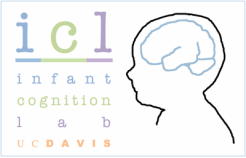Check out our current studies!
You can meet us in lab with our in person studies!
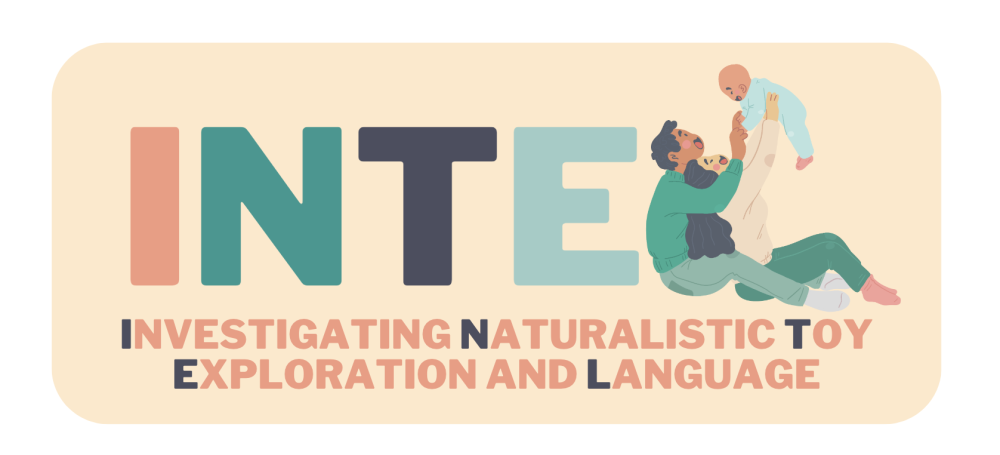
Intel Control
We are interested in understanding how infants learn during everyday, typical interactions with their mother. To do this, we observe how infants and their mothers naturally act during play. By observing the naturalistic interactions between each mother and her child, we hope to understand how infants learn through playing as well as the different ways that their mother's presence may influence this pivotal aspect of development.
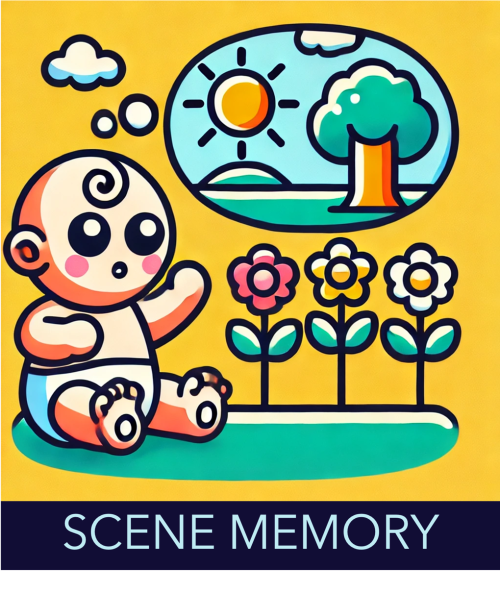
Scene Memory
Infants are born into a visually complex, stimulus-rich world. Across the first year of life, infants learn to direct their attention to the parts of their environments that are meaningful and relevant to their goals. In this study, we examine how infants visually explore naturalistic scenes and then test whether they demonstrate memory for objects within the scenes.
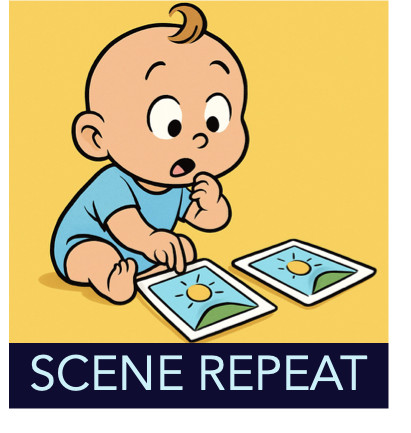
Scene Repeat
Infants’ visual attention is shaped not just by what they see, but by what they’ve seen before. In this study, we explore how infants look at everyday scenes—like parks, kitchens, or playrooms—and whether they recognize the same scene when it's shown again. By measuring how infants look at repeated scenes, we can learn how early memory and attention interact over development.
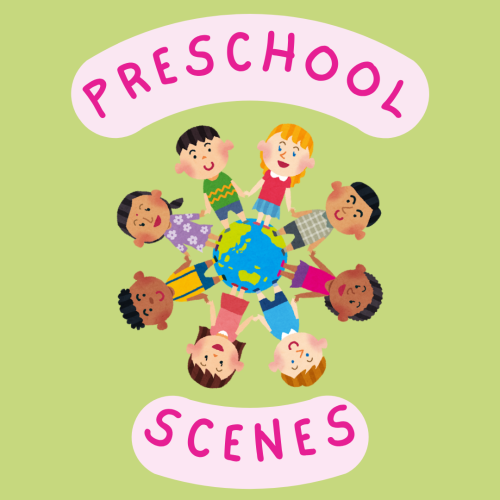
Preschool Scenes
The purpose of this research is to understand how young children perceive natural scenes, such as photographs of preschool rooms, playgrounds, living spaces, and other spaces. Through this study, we hope to learn more about how the experiences young children have shape the way they view various naturalistic scenes.
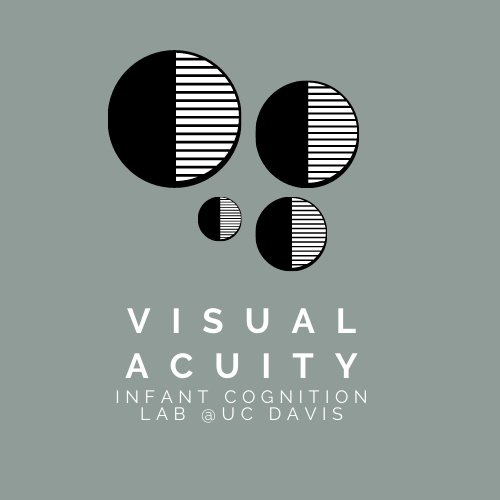
Visual Acuity
A classic approach for assessing infant vision sensitivity is to measure their ability to resolve fine details using square wave gratings. Black and white stripes are shown to your infant and if they can see the stripes of the grating, they should prefer to look to them. We are investigating whether an eye tracking procedure is comparable to more commonly used Teller Acuity Cards. Watch the video below for more information
Or you can now participate from home with our online studies!
We are not currently running any online studies at this time, but if you still want to participate with other labs you can find studies for your child on Lookit.
